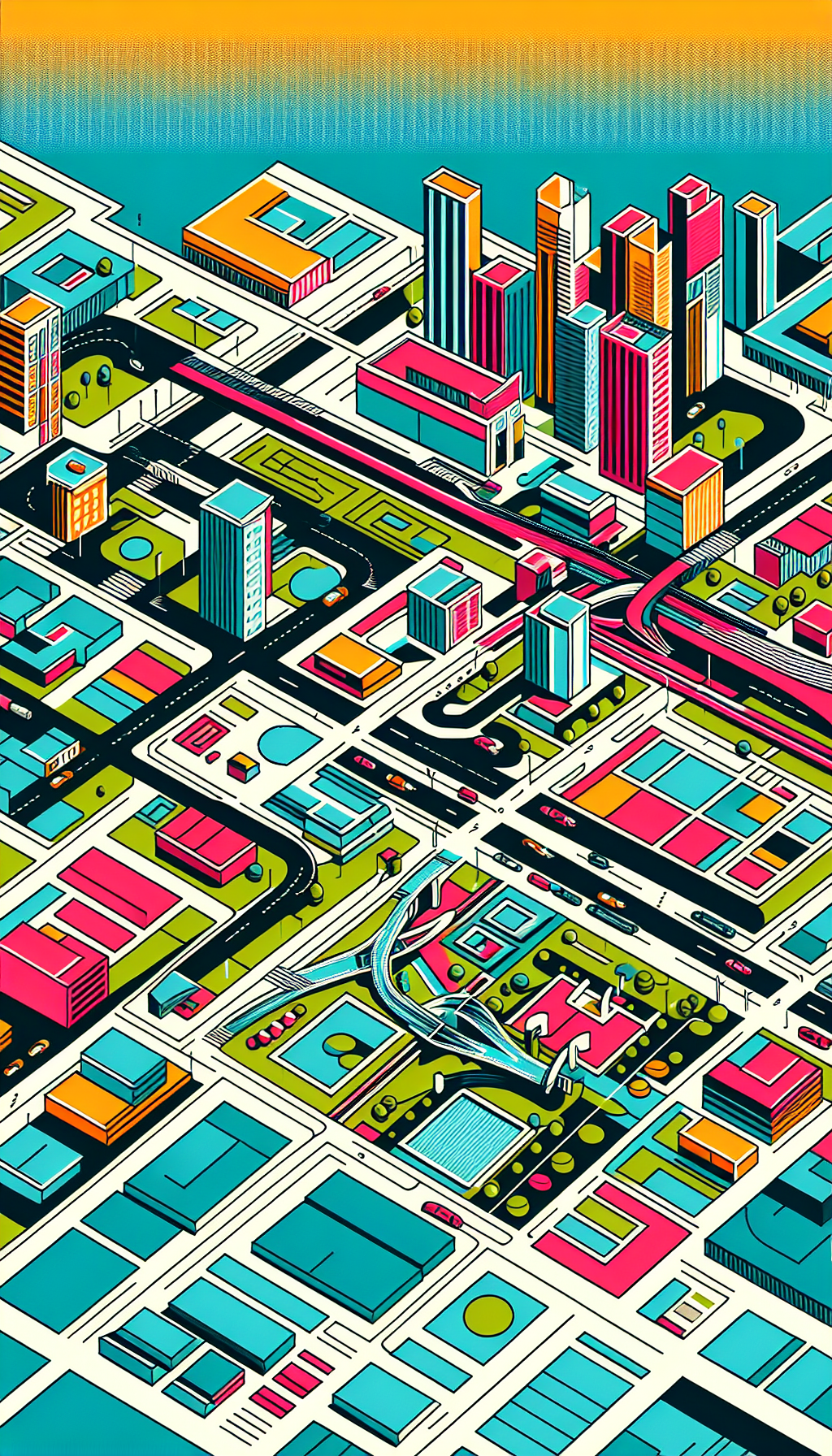The urban landscapes of today beckon the integration of green spaces more than ever before. As metropolitan areas continue to expand, the need for these verdant pockets is becoming increasingly critical. Not only do they serve as an antidote to the concrete jungle, but they also play a fundamental role in the sustainability and wellbeing of urban communities.
Often defined as any area dominated by vegetation within an urban context, green spaces include parks, community gardens, green roofs, street trees, and even green walls. These elements are now being incorporated into the fabric of city design, given the numerous benefits they proffer.
Environmental Impact of Green Spaces
Green spaces are the lungs of our cities. They purify the air by absorbing pollutants, reducing harmful particulate matter, and releasing oxygen.
They also play a significant role in curbing urban heat island effects, a phenomenon where urban areas have significantly higher temperatures than their rural surroundings due to human activities.
Green spaces provide shade, reduce reflected heat, and help cool the surroundings through evapotranspiration.
Furthermore, they offer a habitat for urban wildlife, aiding in biodiversity conservation. By balancing urban ecosystems, they contribute to the overall resilience of cities against environmental changes.
Human Health and Wellbeing
Green spaces are not just about aesthetics and environmental benefits, but they also contribute significantly to human health and wellbeing.
Access to green spaces is linked to improved mental health, providing a calming effect and reducing stress levels among urban dwellers. They offer an escape from the hustle and bustle of city life, acting as a sanctuary of tranquillity.
Moreover, green spaces encourage physical activity.
Parks and green trails invite joggers, cyclists, and walkers, thereby promoting healthier lifestyles. They also facilitate social interaction and community cohesion, serving as a meeting point for different societal groups.
Economic Advantages

An often overlooked benefit of green spaces is their economic value. Property prices in proximity to green spaces are usually higher, indicating their desirability among residents. They also contribute to energy savings by providing shade and cooling, thus reducing the need for air conditioning.
Furthermore, they attract tourists, boosting local economies.
Therefore, green spaces must be considered an essential infrastructure, just like roads and buildings.
Challenges and Future Outlook
Despite their importance, green spaces face a slew of challenges. Rapid urbanization often prioritizes construction over conservation, leading to their reduction.
Additionally, there is a disparity in the distribution of green spaces, with some neighbourhoods enjoying more access than others.
Addressing these issues requires innovative urban planning strategies.
Policies need to be implemented that ensure the provision and maintenance of green spaces. They should be integrated into every development project, with particular attention to areas that lack them.
Innovations in urban design are also paving the way for more green spaces. Concepts like vertical gardens and green roofs are gaining traction, allowing even heavily built-up areas to enjoy some greenery.
Final Thoughts
Urban planning is no longer just about buildings and road networks. It’s about creating holistic environments that cater to all aspects of human and environmental health.
Green spaces are a vital part of this equation. They serve as a reminder that even in the heart of concrete and steel, nature has a place, and a significant one at that. By prioritizing green spaces, cities can become more sustainable, healthier, and ultimately, more livable.
Leave a Reply